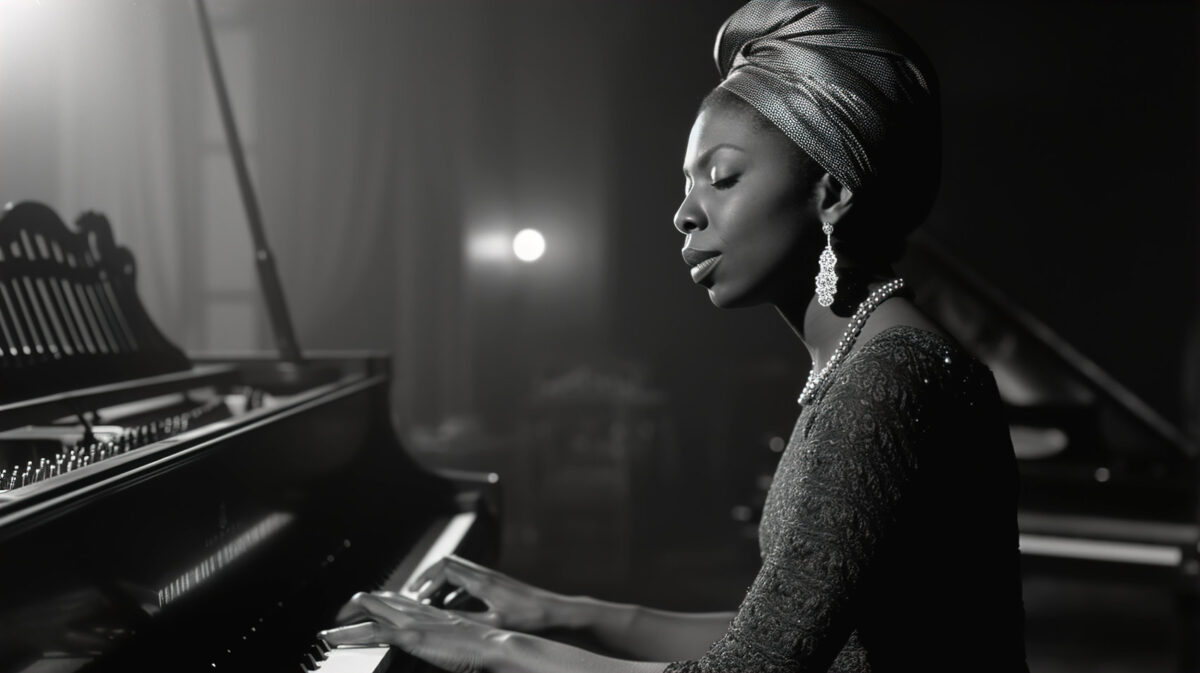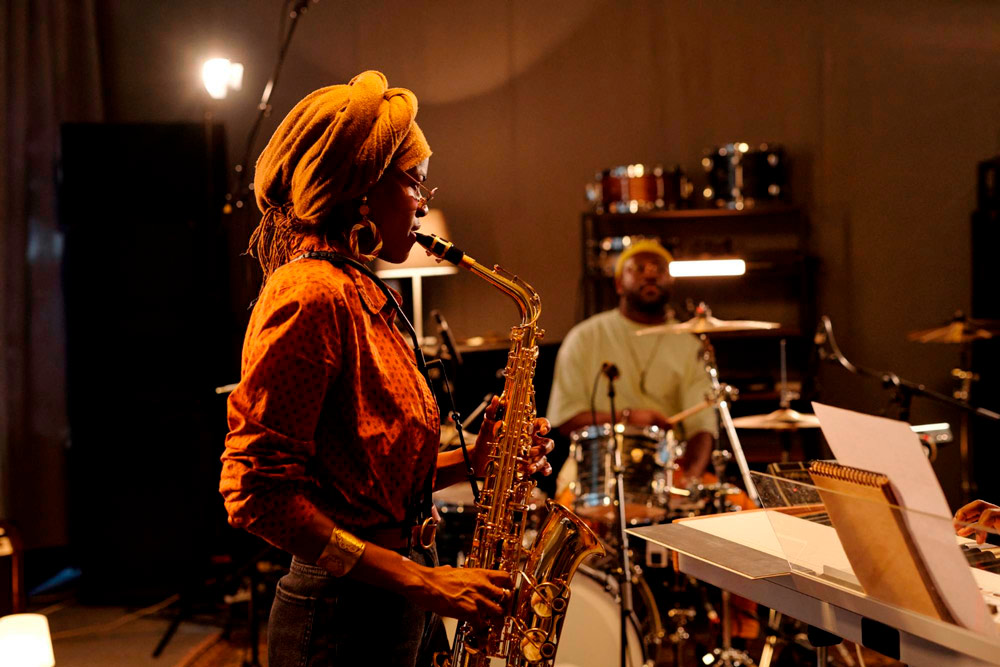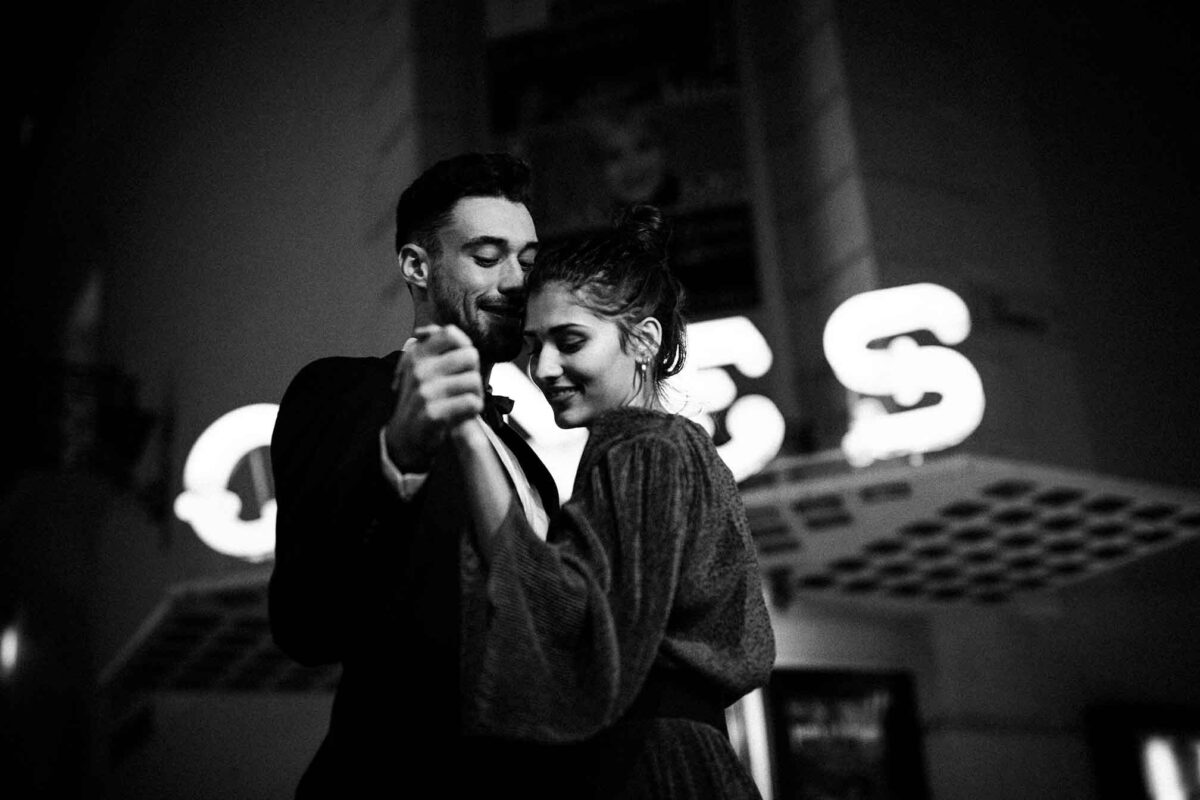Why Storytelling Matters in Jazz Vocals
Storytelling in jazz vocals gives emotional depth and structure to a performance. It helps the vocalist communicate meaning, build audience connection, and create memorable musical moments.
Introduction
Have you ever heard a jazz vocalist who seemed to tell a complete story—one that moved you, made you feel, made you remember? That’s the power of jazz storytelling. It’s not just about hitting the right notes; it’s about crafting a journey.
In this article, you’ll learn:
- What storytelling in jazz vocals really means
- Why it’s essential to both performer and listener
- Core storytelling techniques for vocalists
- Mistakes to avoid—and how to make your performances unforgettable
What Is Jazz Storytelling?
Jazz storytelling refers to the practice of weaving narrative structure and emotional truth into a jazz vocal performance. Just like a short story or film, a vocal interpretation of a jazz standard can include:
- A clear beginning, conflict, and resolution
- Shifts in emotional tone
- Personal expression through phrasing, dynamics, and rhythm
Unlike scripted storytelling, jazz storytelling lives in the moment. It blends improvisation with structure, allowing the singer to express authentic emotion and personal perspective—each time a little differently.
Why Storytelling in Jazz Vocals Matters
1. Emotional Connection
When the listener senses a real emotional arc—joy, loss, redemption—they respond more deeply. Storytelling evokes empathy, not just applause.
2. Distinctive Performance
Two singers can perform the same standard, but only one will make it feel like their story. Storytelling creates uniqueness.
3. Group Synergy
A strong story gives the band a shared emotional arc. When the vocalist sets a narrative direction, the musicians can support it with dynamics, harmonic tension, and phrasing.
4 Core Elements of Jazz Storytelling
1. Narrative Arc (Beginning – Tension – Resolution)
Start simply, introduce emotional tension (through phrasing, harmony, or lyric emphasis), and resolve meaningfully. Think of it as the “Three Act Structure” applied to music.
2. Dynamic Contrast
Use volume, space, silence, and pacing to shape your emotional arc. Don’t sing everything at the same intensity. Contrast builds tension and payoff.
3. Character and Motif
Infuse your performance with personality. This could be a repeated phrase, a particular vocal inflection, or a moment of improvisation that feels like a signature.
4. Audience Engagement
Treat your performance like a conversation. Space for breath, silence, or eye contact can be as powerful as a high note. Audiences remember how a story made them feel.
Read more: Why Live Jazz is Making a Huge Comeback in 2025

How to Build Storytelling Skills in Jazz Vocals
Practice Structure
Take any jazz standard. Map its emotional journey:
- What’s the setup?
- Where’s the conflict?
- How does it resolve?
Then, rehearse and deliver it with that arc in mind.
Active Listening
Study iconic storytellers like Billie Holiday, Shirley Horn, Kurt Elling, or Nancy Wilson. Listen for:
- Phrasing choices
- Breath control
- Where and how they vary the dynamics
Record and Reflect
Record your performances. Ask:
- Did I take the audience on a journey?
- Where could I add more narrative tension?
- Am I telling or just singing?
Common Mistakes in Jazz Storytelling
- Starting too strong without emotional buildup
- Neglecting silence or dynamic variation
- Over-focusing on technique at the expense of meaning
- Ignoring the story behind the lyrics
The best jazz vocalists balance technical command with narrative clarity.
Read more: Sarah Vaughan’s Impact on Jazz Music Modern Jazz
Mini Example – Telling a Story in One Song
Song: “My Funny Valentine”
- Opening: Soft, introspective tone
- Middle: Inflecting doubt or humor on the word “funny”
- Climax: Gradual emotional swell during “stay, little Valentine…”
- Resolution: Gentle, bittersweet close
Even in a 2-minute ballad, there’s a full arc.
Vocal Jazz Storytelling: What Singers Want to Know
What is storytelling in jazz vocals?
It’s the emotional and narrative shaping of a vocal performance, giving the lyrics life and the audience something to feel.
How do you structure a jazz vocal story?
Use a simple arc: begin gently, build tension through phrasing and dynamics, and resolve with emotional payoff.
Why is silence important in jazz singing?
Silence creates space for emotional reflection. It heightens anticipation and deepens impact.
What’s a good way to practice storytelling?
Record yourself, analyze the emotional arc, and rehearse different “readings” of the same lyric.
How does storytelling improve vocal jazz performance?
It makes the performance authentic, memorable, and emotionally powerful, far beyond technique alone.











